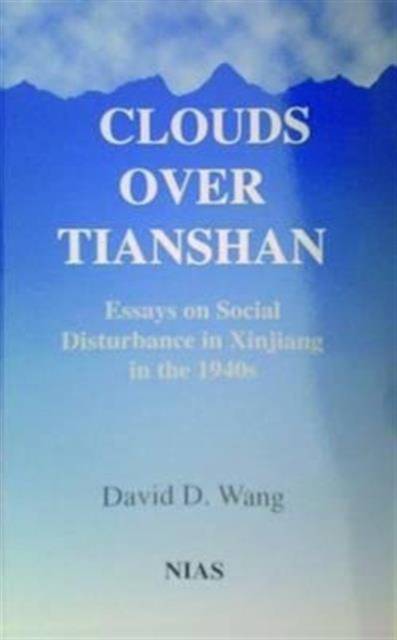
- Retrait gratuit dans votre magasin Club
- 7.000.000 titres dans notre catalogue
- Payer en toute sécurité
- Toujours un magasin près de chez vous
- Retrait gratuit dans votre magasin Club
- 7.000.000 titres dans notre catalogue
- Payer en toute sécurité
- Toujours un magasin près de chez vous
24,45 €
+ 48 points
Description
The 1940s saw the outbreak of the so-called Yili rebellion which led to the collapse of Chinese state authority over a wide area of Xinjiang in the chaotic years of the later 1940s. Much of the story has been told before but what is especially interesting here is Wang's demonstration that the rebellion was not an internal Chinese matter but very much an international affair.
Here he looks not just at the ethnic and religious dimensions which of course had many international ramifications. But what is not generally recognized is that, politically, there were three external actors in the affair: the Guomingdan government, Chinese communists and (especially) the Soviets. The dynamics between these actors, as World War II came to an end and the Chinese civil war gathered pace, had a major impact on the course of events in Xinjiang between 1944 and 1949. The scant details of the Uighur unrest emerging from Xinjiang in 1997 suggest that the ethnic, religious and political dynamics behind the events of the 1940s are similar to those behind today's events.Spécifications
Parties prenantes
- Auteur(s) :
- Editeur:
Contenu
- Nombre de pages :
- 128
- Langue:
- Anglais
- Collection :
- Tome:
- n° 36
Caractéristiques
- EAN:
- 9788787062626
- Date de parution :
- 31-05-03
- Format:
- Livre broché
- Format numérique:
- Trade paperback (VS)
- Dimensions :
- 138 mm x 215 mm
- Poids :
- 167 g







